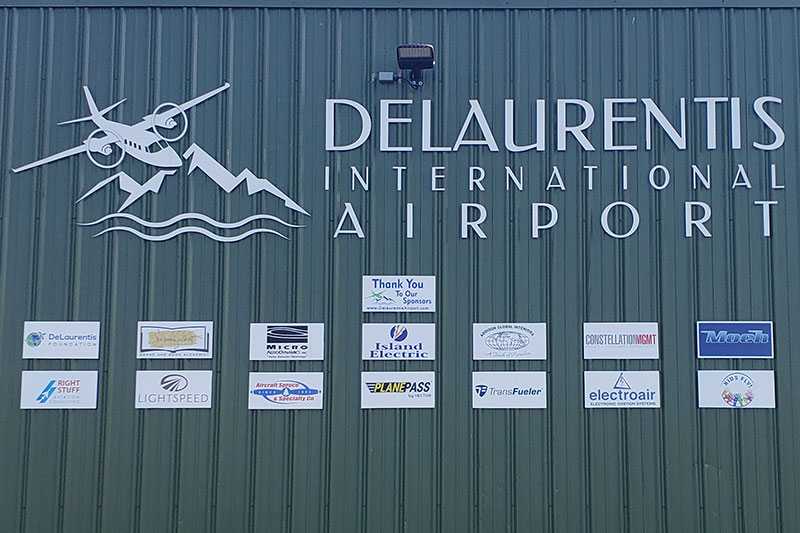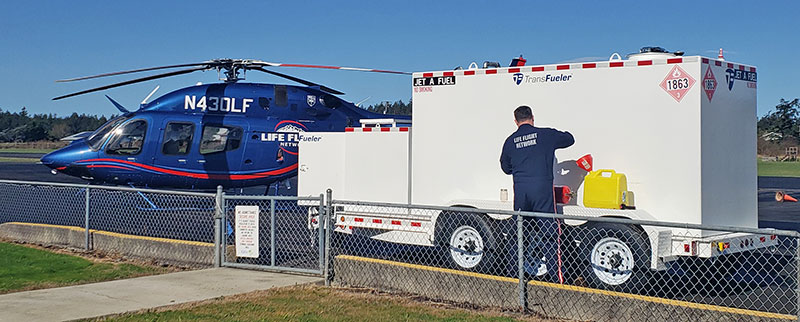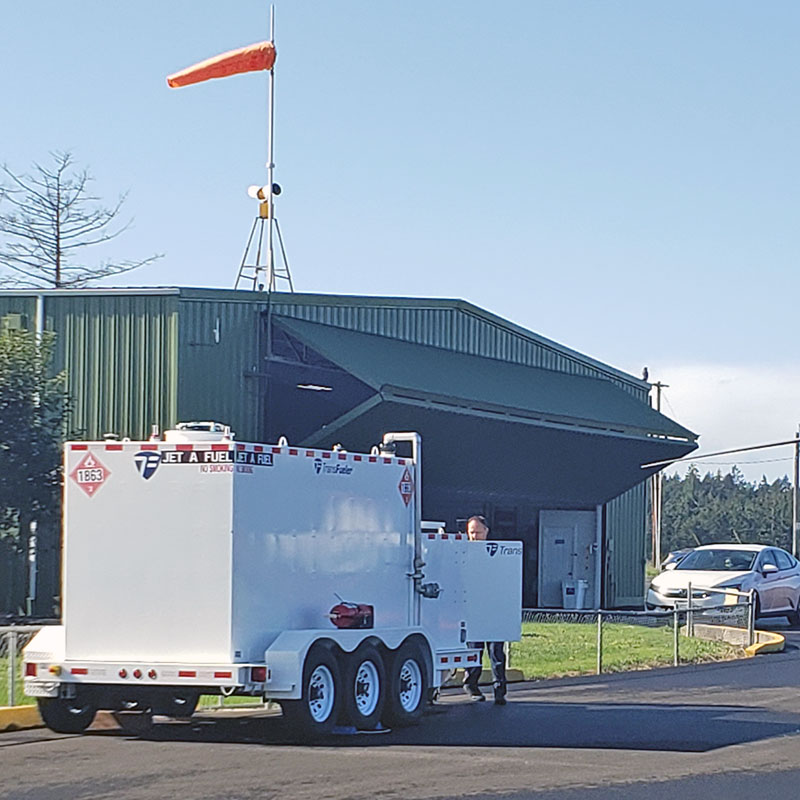Customer Spotlight: DeLaurentis International Airport


DeLaurentis International Airport, a privately owned public airport west of Seattle, is rapidly becoming a key hub for the island community, travel, and industry. Formerly A.J. Eisenberg Airport, the 53-acre Whidbey Island facility serves as the island's sole public access point and a gateway to the Olympic Peninsula, British Columbia, and beyond. After years of decline, veteran aviator and renowned "Peace Pilot" Robert DeLaurentis purchased the airport in July 2023, relocating from San Diego to the Pacific Northwest. His vision was to transform the airport into a community and cultural hub, quickly setting in motion an ambitious revitalization.
Inducted into the 2023 International Air & Space Hall of Fame at the San Diego Air & Space Museum, DeLaurentis has been passionate about aviation since childhood. He earned his pilot’s license in his early 40s and embarked on a series of global adventures, including two solo circumnavigations. One of his most notable feats was a pole-to-pole flight in partnership with San Diego’s Scripps Institute of Oceanography, contributing to critical microplastics research. A Gulf War veteran, DeLaurentis has dedicated his retirement to aviation-based philanthropy, authoring six acclaimed books and now undertaking one of his biggest projects yet—the airport’s rehabilitation.
Privately funding the initial phases of redevelopment, DeLaurentis accelerated phase one’s completion to just 18 months. Improvements included new electrical systems, navigational aids, security cameras, updated signage, refurbished interiors, and more. The airport now offers 14 hangars for private and commercial use and supports both local and international flight plans. A major component of the upgrades was an overhaul of the fuel system, replacing 35-year-old underground tanks—identified by the Department of Ecology as potential hazards—with two custom above-ground fueling systems designed in partnership with TransFueler and Superior Storage Tanks.

Tim Henderson, president of TransFueler, described the custom-built fuel trailers: "We started with our standard aviation fuel trailer—double-wall with a stainless steel inner tank, 12V battery-powered, with a 25-gallon-per-minute pump on a 21K triple-axle trailer. Then we added special features for Robert, including a bottom-fill system, overwing nozzle, solar panel, and a cabinet enclosure to protect against Seattle’s rain." The installation of an on-site Point-of-Sale fueling system, the TCS 3000 digital register, has streamlined service and accessibility for contracted users.
Given his extensive flying experience, DeLaurentis sought an innovative, cost-effective fueling solution. Initial bids to replace the in-ground tanks reached $750,000, prompting him to explore mobile options. "We didn’t know where the tanks would go with the airport still under renovation, so the flexibility of a mobile system was ideal," he explained. The new system has significantly improved customer experience and operational efficiency, with enhanced billing options and easier fuel access.

DeLaurentis advocates for similar solutions among the 1,400 private airport owners in the U.S.: "If you want to offer fuel or use it yourself, there’s no greater convenience than rolling out of your hangar to your fuel truck, filling up, and taking off." Looking ahead, plans include widening the primary runway to 60 feet to accommodate larger commuter and emergency aircraft, reducing the island’s emergency response times. He also aims to expand his nonprofit, the DeLaurentis Foundation, by hosting an air show, organizing youth aviation workshops, and establishing a car and plane museum in the main hangar.
"My goal is for this airport to be the home of my Foundation for generations," DeLaurentis stated. "We’re not cutting corners. We’re building something safe, lasting, and designed for peace of mind." With that same philosophy guiding both the airport and its fueling system, DeLaurentis has found a solution that supports his vision for the future.
Contact TransFueler today to find the best fueling solution for your needs.
